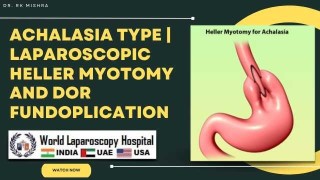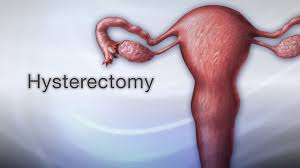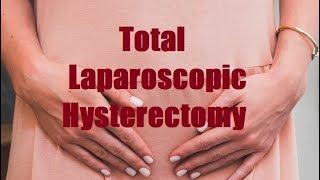Laparoscopic Endometrioma Treatment: Ultrasonic & H2O2 Therapy
Add to
Share
1,627 views
Report
1 year ago
Description
Laparoscopic Endometrioma Treatment: Ultrasonic & H2O2 Therapy In the realm of gynecological health, the management of endometriosis stands as a formidable challenge, affecting millions of women worldwide. Within this landscape, laparoscopic endometrioma treatment emerges as a beacon of hope, offering both efficacy and precision in combating this complex condition. However, the evolution of this treatment modality has witnessed groundbreaking advancements, notably through the integration of Ultrasonic and H2O2 therapies, heralding a new era of therapeutic innovation and patient-centric care. At the heart of this approach lies laparoscopy, a minimally invasive surgical technique that affords unparalleled access to the pelvic cavity with minimal trauma. Leveraging the precision of small incisions and advanced visualization technologies, laparoscopic endometrioma treatment revolutionizes the management of endometriosis, minimizing postoperative discomfort and expediting recovery. Central to the efficacy of this treatment paradigm is the integration of Ultrasonic therapy. Harnessing the power of ultrasonic energy, this technique enables surgeons to precisely target and ablate endometrial lesions with remarkable accuracy. By delivering focused ultrasound waves, it facilitates the selective destruction of endometriotic tissue while preserving surrounding healthy structures, thereby minimizing collateral damage and optimizing patient outcomes. This innovative approach not only ensures thorough lesion removal but also mitigates the risk of disease recurrence, offering patients newfound hope for long-term symptom relief and improved quality of life. Complementing Ultrasonic therapy is the adjunctive use of H2O2 therapy, adding an additional dimension of efficacy to the treatment protocol. Hydrogen peroxide (H2O2), in conjunction with laparoscopic techniques, serves as a potent adjunct in the eradication of endometrial implants. By leveraging its antimicrobial properties and oxidative potential, H2O2 therapy effectively sterilizes the surgical field, reducing the risk of infection and promoting optimal wound healing. Moreover, its ability to disrupt the microenvironment favorable to endometrial proliferation underscores its value as a synergistic therapeutic modality in the comprehensive management of endometriosis. Beyond its therapeutic efficacy, the integration of Ultrasonic and H2O2 therapies exemplifies a patient-centric approach to endometrioma treatment. By minimizing surgical invasiveness, reducing postoperative complications, and enhancing recovery times, this innovative treatment paradigm empowers patients to reclaim control over their health and well-being. Moreover, its ability to preserve fertility potential underscores its profound impact on the reproductive health of women, offering a ray of hope to those navigating the intricate intersection of endometriosis and fertility challenges. In essence, laparoscopic endometrioma treatment, augmented by Ultrasonic and H2O2 therapies, represents a watershed moment in the management of endometriosis. Through its amalgamation of surgical precision, technological innovation, and patient-centric care, it not only addresses the symptoms of the disease but also embodies a beacon of hope for the millions of women worldwide affected by this debilitating condition. As we continue to unravel the complexities of endometriosis, this transformative approach stands as a testament to the relentless pursuit of excellence in gynecological healthcare, offering promise and possibility to generations of women yet to come.
Similar Videos






